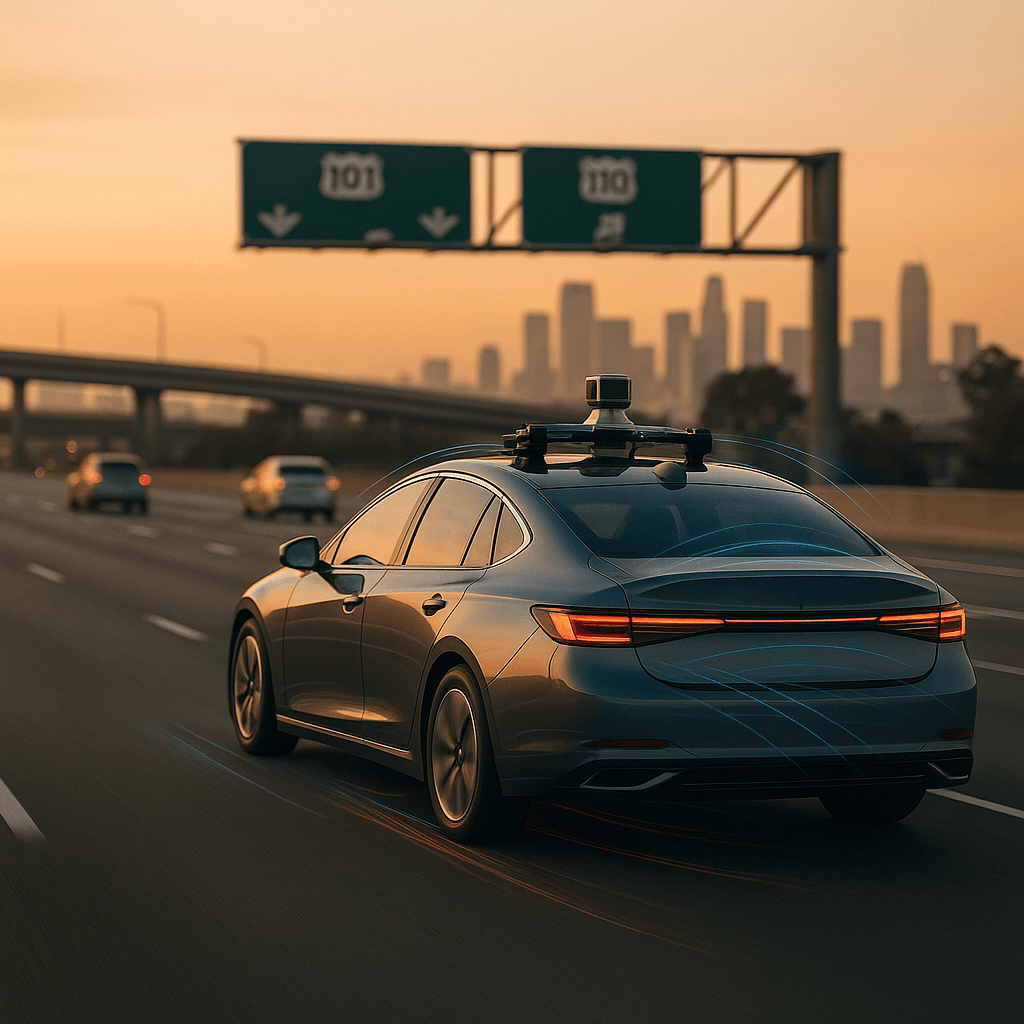Waymo just crossed a massive milestone in autonomous driving by launching highway-capable robotaxis across three major markets. The Alphabet subsidiary announced Tuesday that its driverless cars can now take freeways in San Francisco, Los Angeles, and Phoenix - potentially cutting trip times in half and opening up a 260-square-mile service area. This represents the biggest expansion of autonomous vehicle capabilities since the technology went commercial.
Waymo just rewrote the rulebook for autonomous vehicles. After more than 15 years of development since Google first sent sensor-laden cars down Interstate 280 in 2009, the Alphabet subsidiary announced Tuesday that its robotaxis can now navigate freeways across three major metropolitan areas.
The breakthrough immediately transforms Waymo's competitive position in the autonomous vehicle race. While competitors like Tesla and GM's Cruise have struggled with highway deployment, Waymo's cars are now cruising at highway speeds across San Francisco Bay Area, Los Angeles, and Phoenix - covering some of America's most complex traffic corridors.
"Freeway driving is one of those things that's very easy to learn, but very hard to master," Waymo co-CEO Dmitri Dolgov told reporters during a briefing last week. The admission reveals just how technically challenging this milestone was, even for a company that's logged millions of autonomous miles.
The timing couldn't be better for Waymo's expansion plans. The company currently operates in five US metros - Atlanta, Austin, Los Angeles, Phoenix, and the San Francisco Bay Area - and plans to launch in Dallas, Miami, Nashville, Las Vegas, Detroit, and London next year. Highway capability becomes crucial for longer intercity routes that make autonomous ride-hailing economically viable against traditional taxis and rideshare services.
Waymo's approach to solving the highway challenge reveals the complexity of autonomous driving at scale. Despite a full year of employee and guest testing on highways, safety emergencies proved so rare that engineers couldn't collect enough real-world crash data to properly train their systems. The company supplemented actual driving data with closed-course testing and simulation-generated scenarios to prepare for high-speed emergency situations.
The safety stakes on highways are fundamentally different from city streets. Highway crashes at 70+ mph are "subject to the laws of physics" and more likely to cause serious injury or death, according to . The company built redundant onboard computer systems and trained vehicles to exit highways during emergencies, while coordinating with highway patrol for stranded vehicle protocols.












